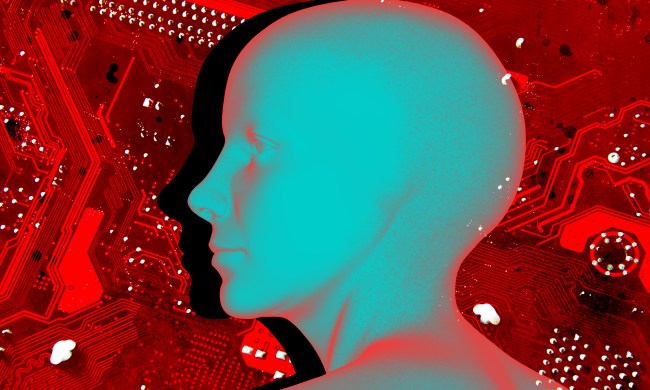
Galaxy clusters are enormous structures of hundreds or even thousands of galaxies which move together, and for many years they were some of the largest known structures in the universe (until superclusters were discovered). But despite their massive size, they can be hard to identify because they are so very far away from us.
Now, a Ph.D. student has created a deep learning artificial intelligence which could help tackle this problem. The tool is called “Deep-CEE” (Deep Learning for Galaxy Cluster Extraction and Evaluation), and it can help to pick out galaxy clusters even when they are dim and far away.
The A.I. looks at color images and picks out potential galaxy clusters using neural networks, which mimic the way that a human brain would learn to recognize objects. It was trained using images of known galaxy clusters, until it was able to identify new clusters in images even when other objects were present as well.
“We have successfully applied Deep-CEE to the Sloan Digital Sky Survey,” Matthew Chan, the PhD student at Lancaster University who is responsible for this work, said in a statement. “Ultimately, we will run our model on revolutionary surveys such as the Large Synoptic Survey telescope (LSST) that will probe wider and deeper into regions of the Universe never before explored.”
This work will be valuable for future projects which require mining large amounts of data, such as analyzing data from telescopes. When there is a very large dataset from a telescope, Deep-CEE could quickly scan through the images and predict where galaxy clusters might be found. Projects like the LSST, which comes online in 2021 and will image the entire sky of the southern hemisphere, will generate a whopping 15TB of data every night, so A.I. will be needed to run through and identify items of interest which humans can then check out.
“Data mining techniques such as deep learning will help us to analyze the enormous outputs of modern telescopes,” Dr John Stott, Chan’s Ph.D. supervisor, said in the same statement. “We expect our method to find thousands of clusters never seen before by science.”
The work was presented at the Royal Astronomical Society’s National Astronomy meeting this week, and the paper is available on pre-publication archive arXiv.



